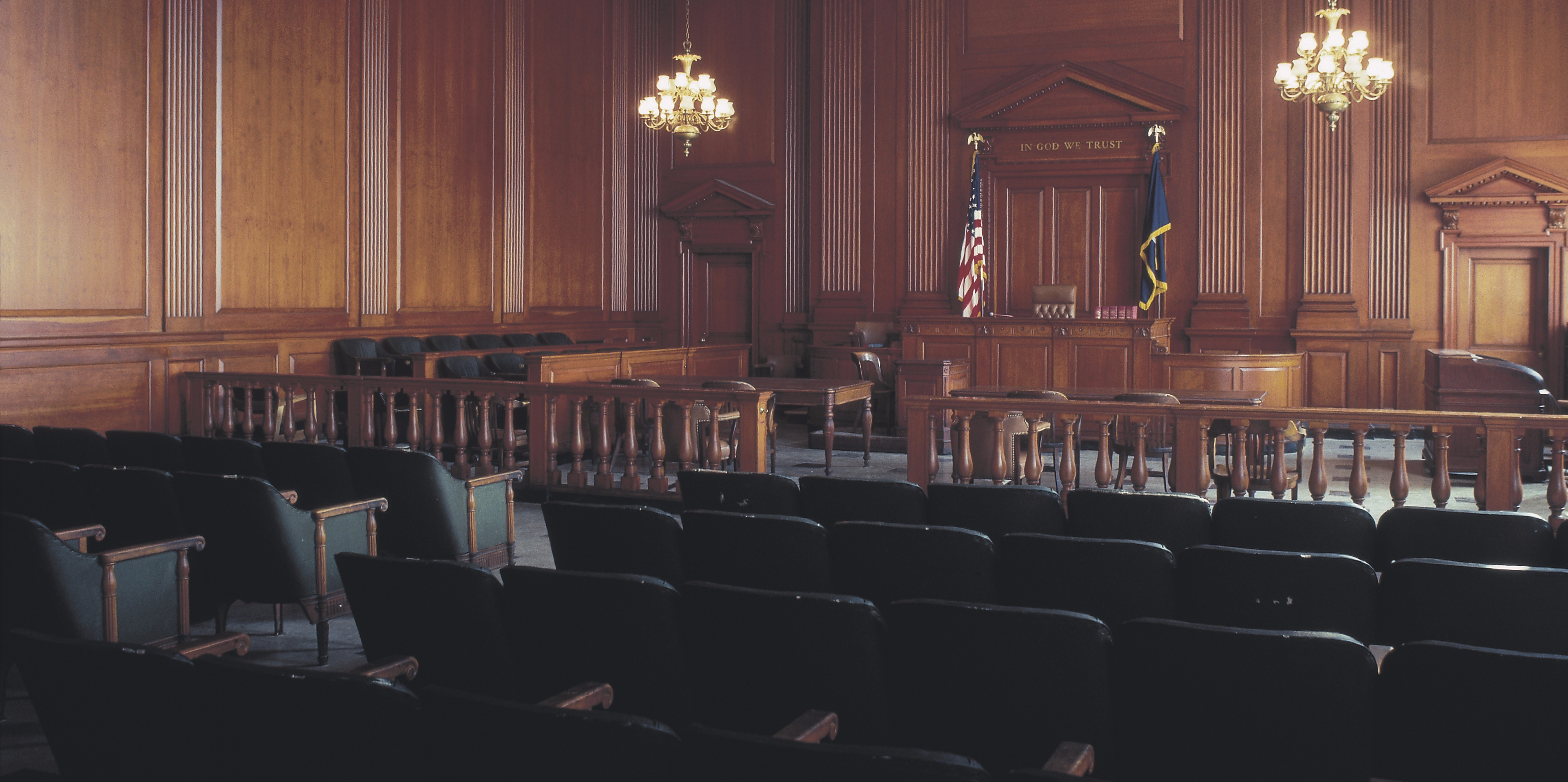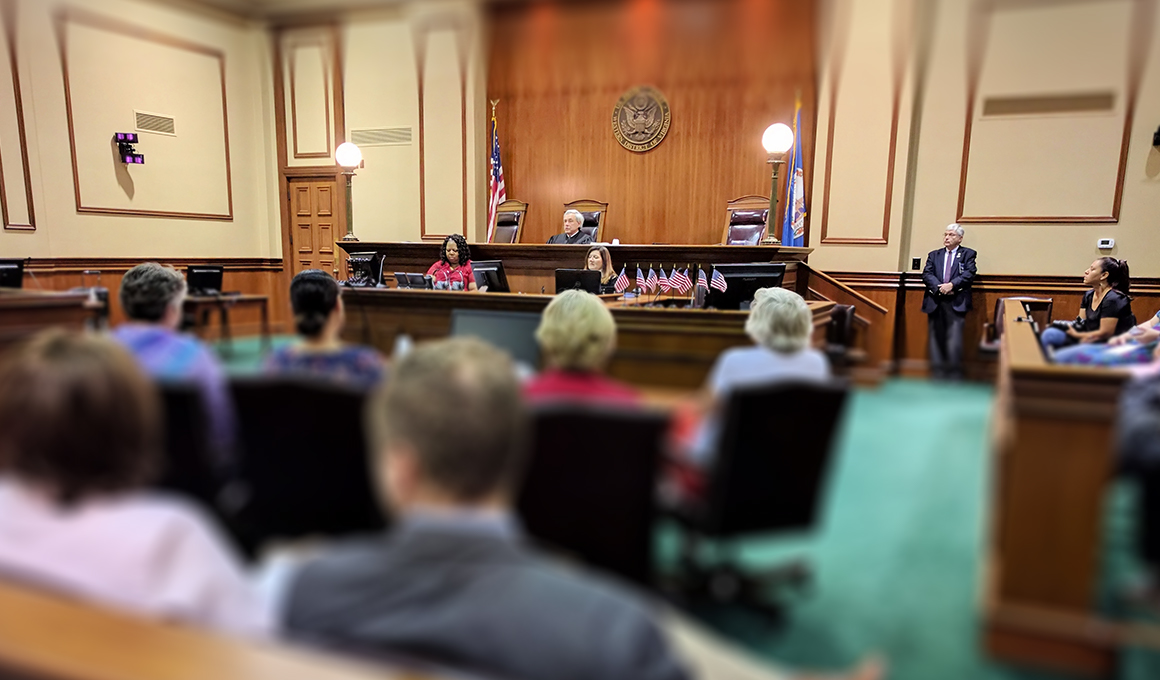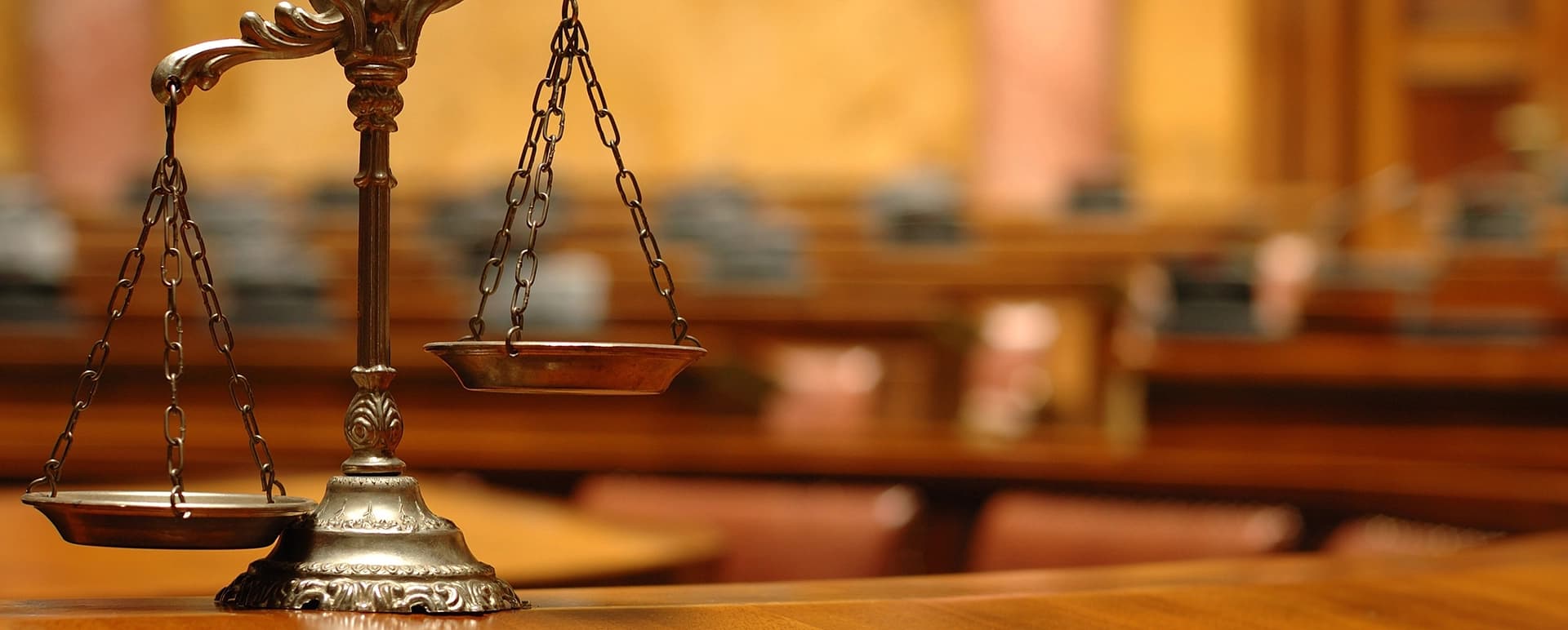Mesmerize the Jury: Crucial Elements of a Powerful Trial Presentation
Vital components such as understanding the audience, crafting a compelling story, and understanding spoken and non-verbal communication are essential elements of a reliable discussion. As these aspects link, they develop a natural technique that not just informs but additionally involves jurors on multiple levels.

Understanding Your Audience
Understanding your audience is a pivotal aspect of effective test presentation. A successful presentation hinges on the capacity to comprehend the demographics, worths, and proneness of jurors. This understanding informs how disagreements are framed, evidence is presented, and psychological charms are crafted, making sure that the message reverberates with the jurors on a personal degree.
Research shows that jurors come from varied backgrounds and may have varying degrees of understanding concerning lawful procedures. Additionally, recognizing the jurors' prospective prejudices and life experiences enables the test presenter to prepare for objections and address problems proactively.
Efficient trial presentation also involves observing jurors' reactions during the process. Engaging with jurors as individuals instead than a cumulative device is essential in fostering a solid link in the court.

Crafting an Engaging Story
Crafting an engaging story is crucial in guiding jurors via the complexities of an instance. A well-structured narrative not just simplifies complex legal concepts yet additionally involves jurors on a psychological level, making the details a lot more relatable and memorable.
To accomplish this, attorneys should begin by determining the core message they wish to share. This message needs to resonate with the jurors' worths and experiences, cultivating a link that transcends simple facts. The narrative should unfold realistically, offering occasions in a clear sequence to stay clear of complication. This chronological strategy can assist jurors comply with the development of occasions, emphasizing domino effect.
Incorporating human aspects-- such as individual tales or anecdotes-- can additionally improve the narrative's impact. These elements evoke compassion, allowing jurors to visualize the effects of the instance on real lives. Additionally, employing a consistent motif throughout the presentation enhances the main argument, making it simpler for jurors to maintain crucial points.
Ultimately, a compelling narrative transforms a trial presentation from a mere recitation of truths right into a persuasive story that mesmerizes the jury, motivating them to ponder with both factor and emotion.
Making Use Of Aesthetic Aids
Including visual aids right into a test discussion can substantially boost jurors' understanding and retention of information. Aesthetic products such as charts, layouts, photos, and video clips can transform intricate legal ideas and proof right into quickly absorbable formats. By involving numerous senses, these aids enable jurors to visualize the case's crucial elements, making it much easier for them to adhere to along and understand intricate details.
In addition, properly designed aesthetic aids can emphasize crucial points and internet emphasize relationships between different items of proof. Timelines can effectively highlight the series of events, while annotated photos can clear up certain information relevant to the case. This not just help in understanding but also reinforces the story presented by the lawyer.
Overly intricate or cluttered visuals might overwhelm jurors and detract from the message. Ultimately, efficient visual interaction can be an effective tool in persuading jurors and aiding them reach notified final thoughts.
Mastering Verbal Interaction
Reliable spoken communication is crucial in a trial discussion, as it acts as the primary methods whereby lawyers communicate their disagreements and link with jurors. Mastering this ability involves clarity, persuasion, and involvement. Attorneys must articulate their factors clearly and concisely, avoiding legal jargon that might confuse jurors. Simpleness in language promotes understanding and assists jurors understand complex problems presented during the test.
Moreover, tone and pacing significantly effect exactly how messages are received. A confident tone conveys authority, while appropriate pacing allows jurors to take in details without feeling overwhelmed. Lawyers should likewise vary their singing inflections to stress key points and keep jurors' interest throughout the discussion.
Furthermore, the company of verbal arguments is vital. Structuring the narrative practically and coherently helps jurors follow the attorney's line of thinking, making it much easier for them to keep critical details. Making use of convincing methods, such as narration, can likewise improve the emotional resonance of the arguments offered, thus producing an extra extensive link with jurors.
Ultimately, mastering verbal communication not only reinforces a lawyer's her comment is here case but additionally fosters count on and connection with the jury, dramatically boosting the chances of a beneficial verdict.

Involving With Body Movement
Nonverbal communication plays a vital role in test discussions, often sharing messages that words alone can not share. Body language, encompassing gestures, posture, face expressions, and eye call, dramatically affects just how jurors perceive the reliability and genuineness of the presenter. A positive position, with shoulders back and an open pose, can impart depend on, while closed-off body language may recommend defensiveness or unpredictability.

Faces should mirror the emotions connected with the instance, reinforcing the narrative existing. A sincere expression during an emotional moment can evoke compassion and strengthen the psychological charm. Inevitably, mastering body language is essential for efficient trial presentations, as it boosts verbal interaction and develops an engaging existence that reverberates important link with the court.
Verdict
To conclude, mesmerizing the court requires a tactical method that encompasses comprehending the audience, crafting an engaging narrative, utilizing visual help, mastering verbal interaction, and involving with body language. Each component plays an essential role in creating an effective trial presentation that resonates with jurors on both emotional and intellectual levels (trial presentation). By integrating these parts effectively, legal professionals can significantly boost their capacity to persuade and affect court decision-making